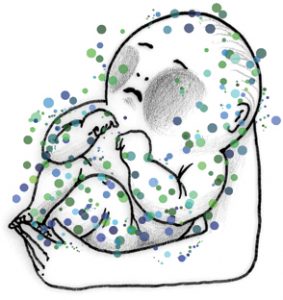Background
Microbial colonization in infants gut influences human physiology, including the maturation of the immune system, nutrient absorption and metabolism, and the protection against pathogen colonization (Buffie and Pamer, 2013). Several factors including the mode of delivery (Dominguez-Bello et al., 2010, 2016), gestational age at birth (La Rosa et al., 2014), maternal and infant antibiotic usage (Lemas et al., 2016) and feeding method (formula or breastfeeding) (Backhed et al., 2015) are very important to the early development of the infant microbiome. Wider environmental exposure (H. Shin et al., 2015) and early intimate relations, particularly with the mother, also play a key role in the early microbial development of an infant. Microbiomes are responsible for different diseases of infants like asthma, diabetes, obesity etc (Nagpal et al. 2018). While the importance of the host-microbiome interplay is not in question, the mechanisms by which an infant acquires these microbes, and from what source, remain largely unexplored. Just a few months ago, a study demonstrated that the maternal microbiome is an important source in the early development of microbial species and strains in the infant gut (Korpela et al., 2018). Yet there has been no comprehensive assessment of the multiple potential maternal sources (like skin, breast milk, fecal, vaginal, oral ect.) of microbial transmission, and how ultimately they contribute to the development of the infant microbiome within hours of birth and over the first few months of life. Continue reading “Microbiome from Maternal Body Sites Helps to Develop Infants Gut Microbiome”


